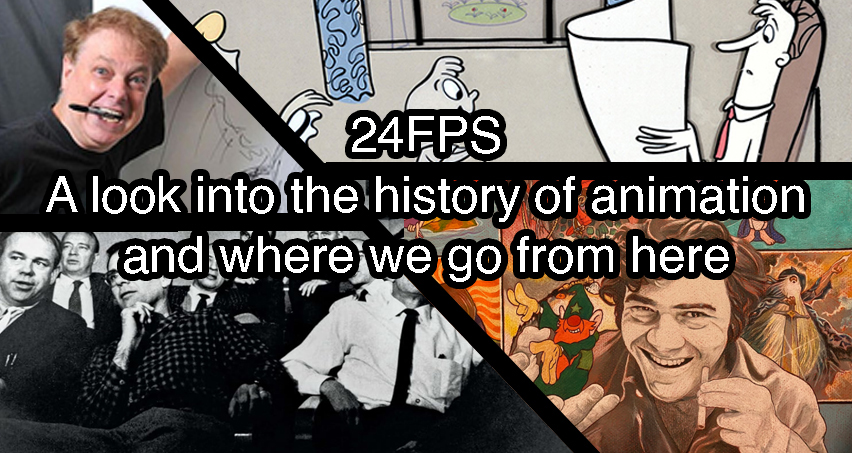The Disney Rennasiance
Many simply refer to this era as the Disney
Renaissance, but what did that mean ultimately?
The eighties were not a creative or financially
successful period for the Disney studios. They released a series of
artistically uninspired films, culminating in the dark and confusing Black
Cauldron. It was a mess in production from beginning to end, leaving most
artists yearning for the glory days of Disney in the 40s, 50s, and 60s. Most
artists working in the studio went to Disney after growing up with films like
The Jungle Book, 101 Dalmations, and Cinderella, true animation marvels. Not
they were producing films that had narratives that barely made sense, and were
ultimately ugly. Gone were the days of bright and color palettes dancing behind
wholesome characters the audience could root for. In an effort to overtake the
new kid in town, Don Bluth Animation, Disney was trying to be edgy and dark,
with a studio full of artists that didn't want to make that.
So what changed?
The management at Disney saw no choice but let let some new
blood helm the ship. At this point, they had little to lose and figured they’d
give some young directors and shot. They decided to let story artists like Ron
Clements, John Musker, and Gary Trousdale have a shot. These were fresh faces
that had something to say in the world of animation and decided to go back to
Disney’s roots. They wanted to take old, tried and true fairy tales, and bring
them into the nineties.
Over the next five years, the studio saw unprecedented success
with films like The Little Mermaid, Aladdin, and Beauty & the Beast. They reinvigorated
a giant thought dying and breathed new life into the studio.
Seeking to make truly great films and hopefully inspire a
new generation of creators, these young directors did just that, and the Disney
Renaissance was born.




Comments
Post a Comment